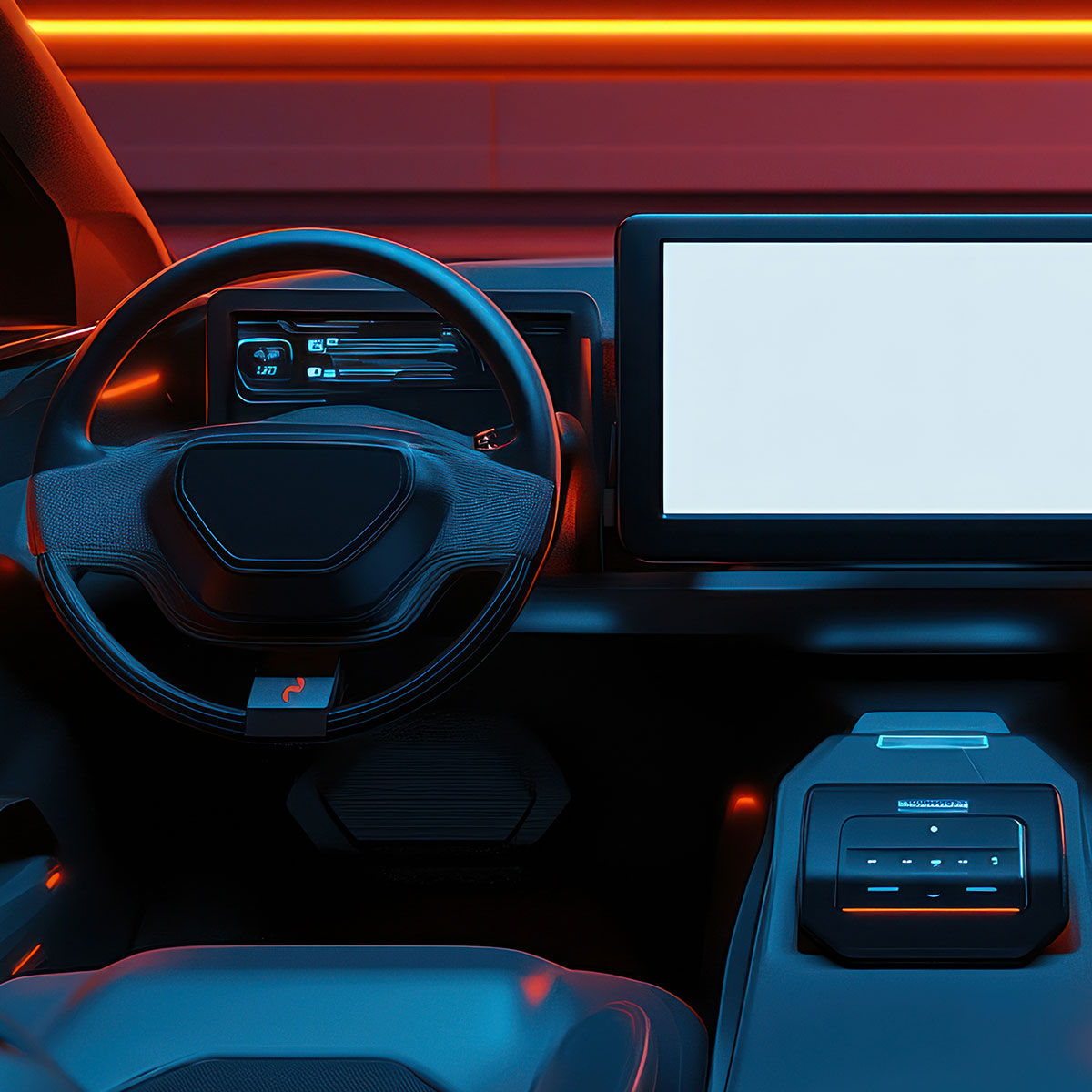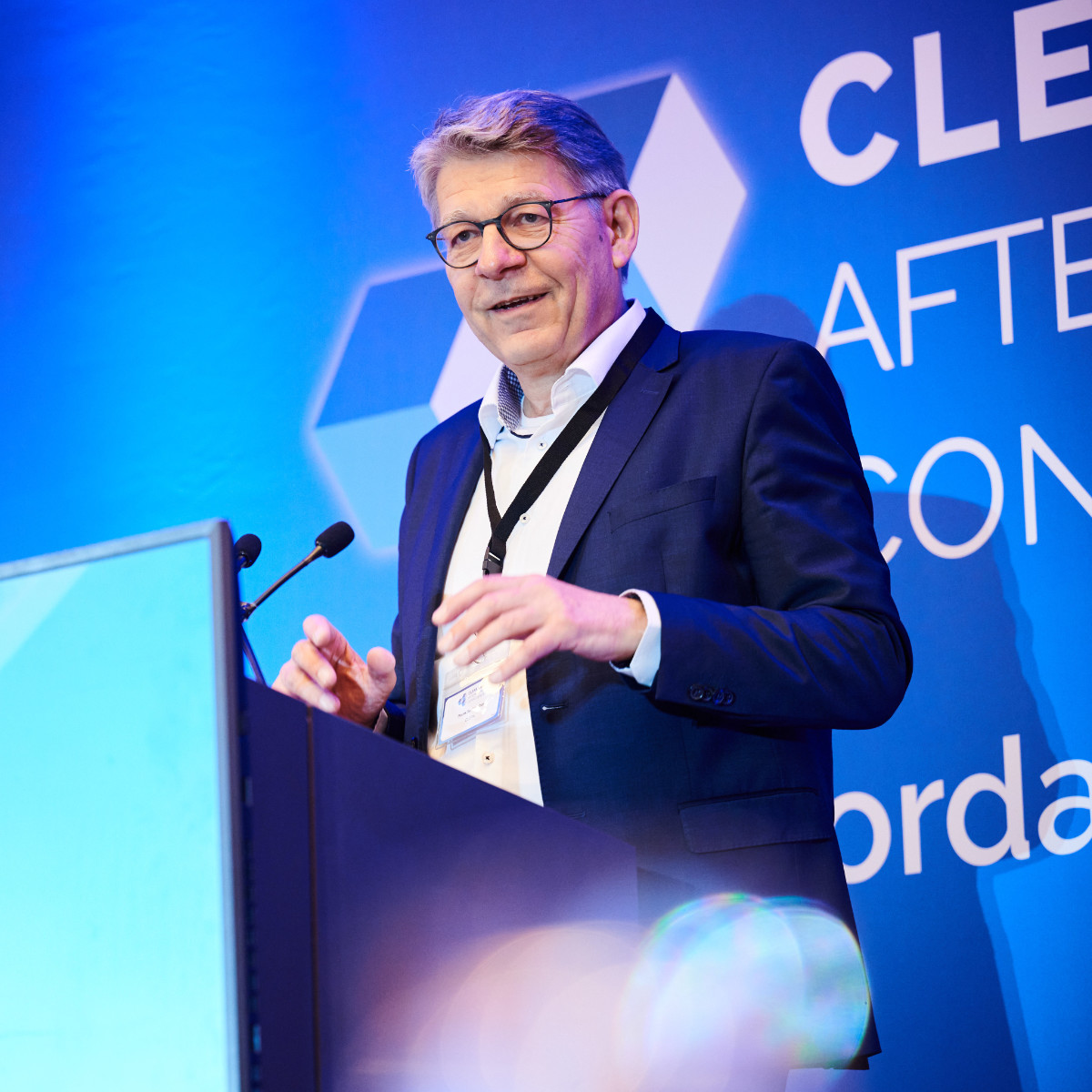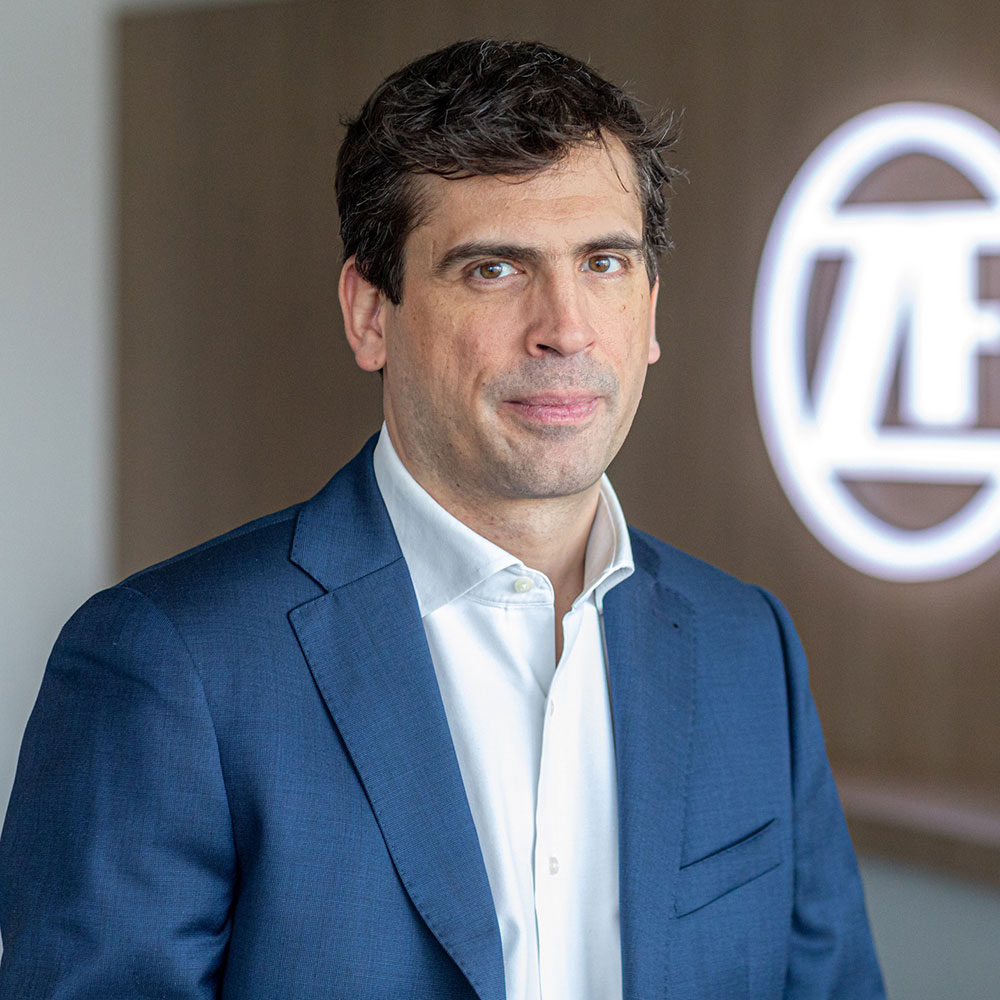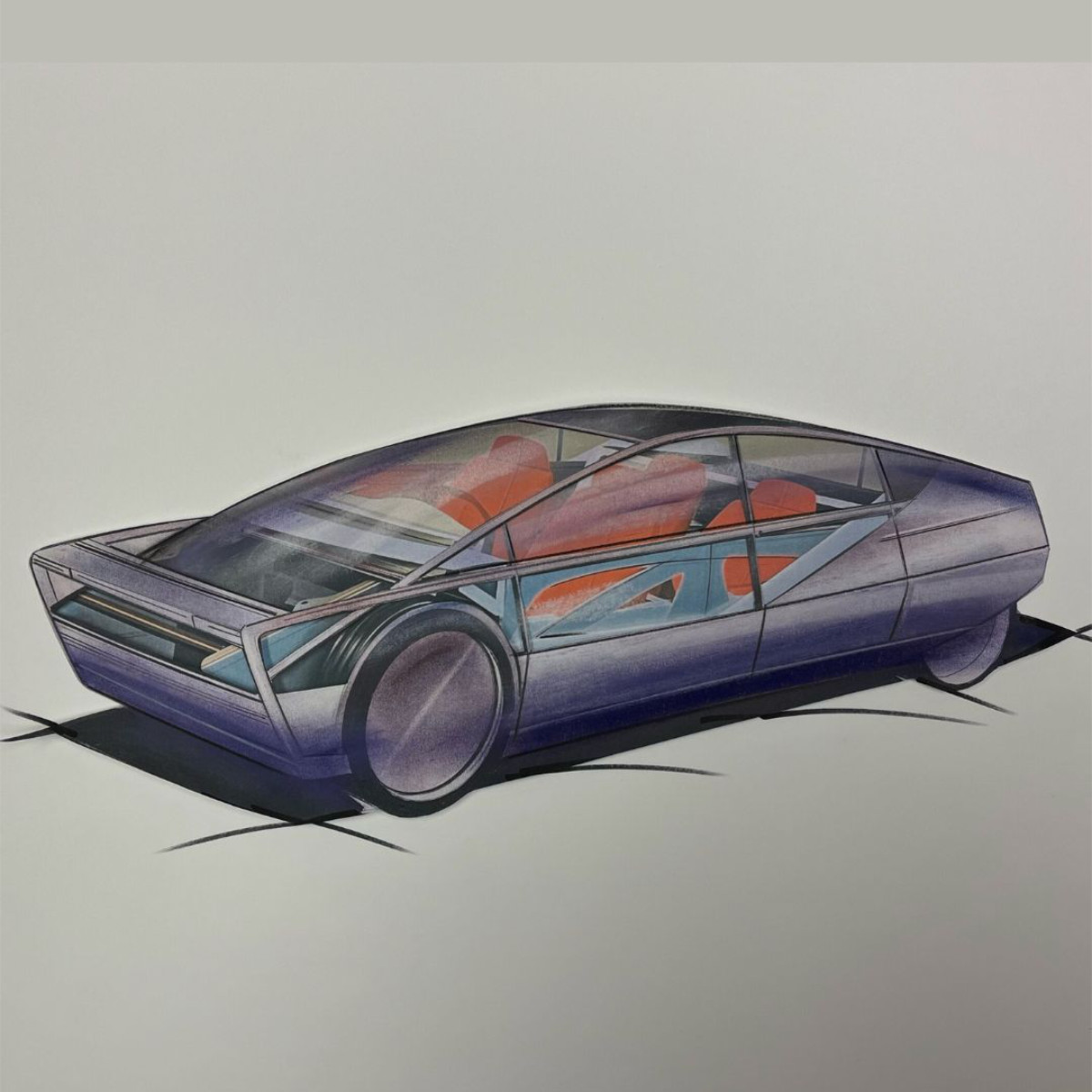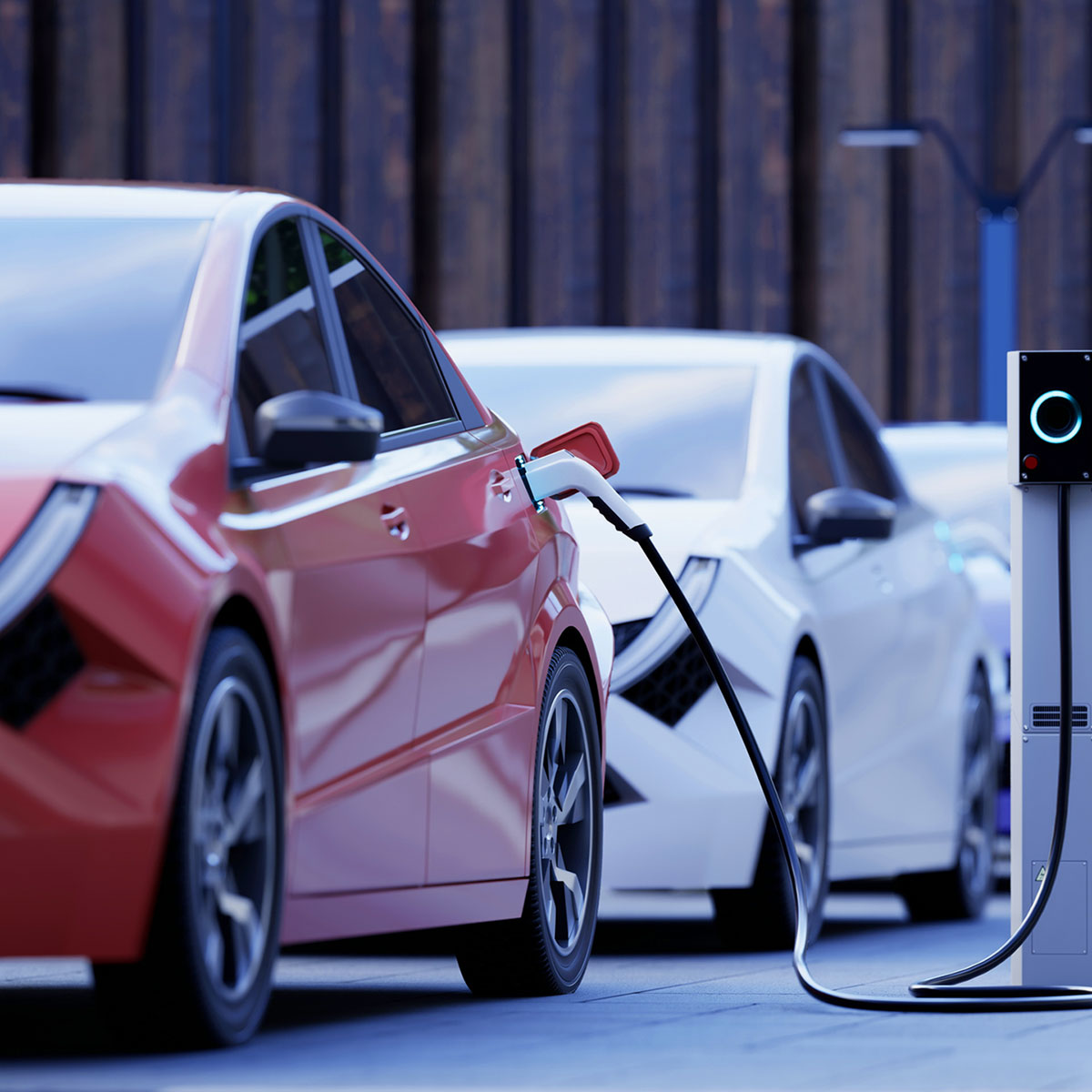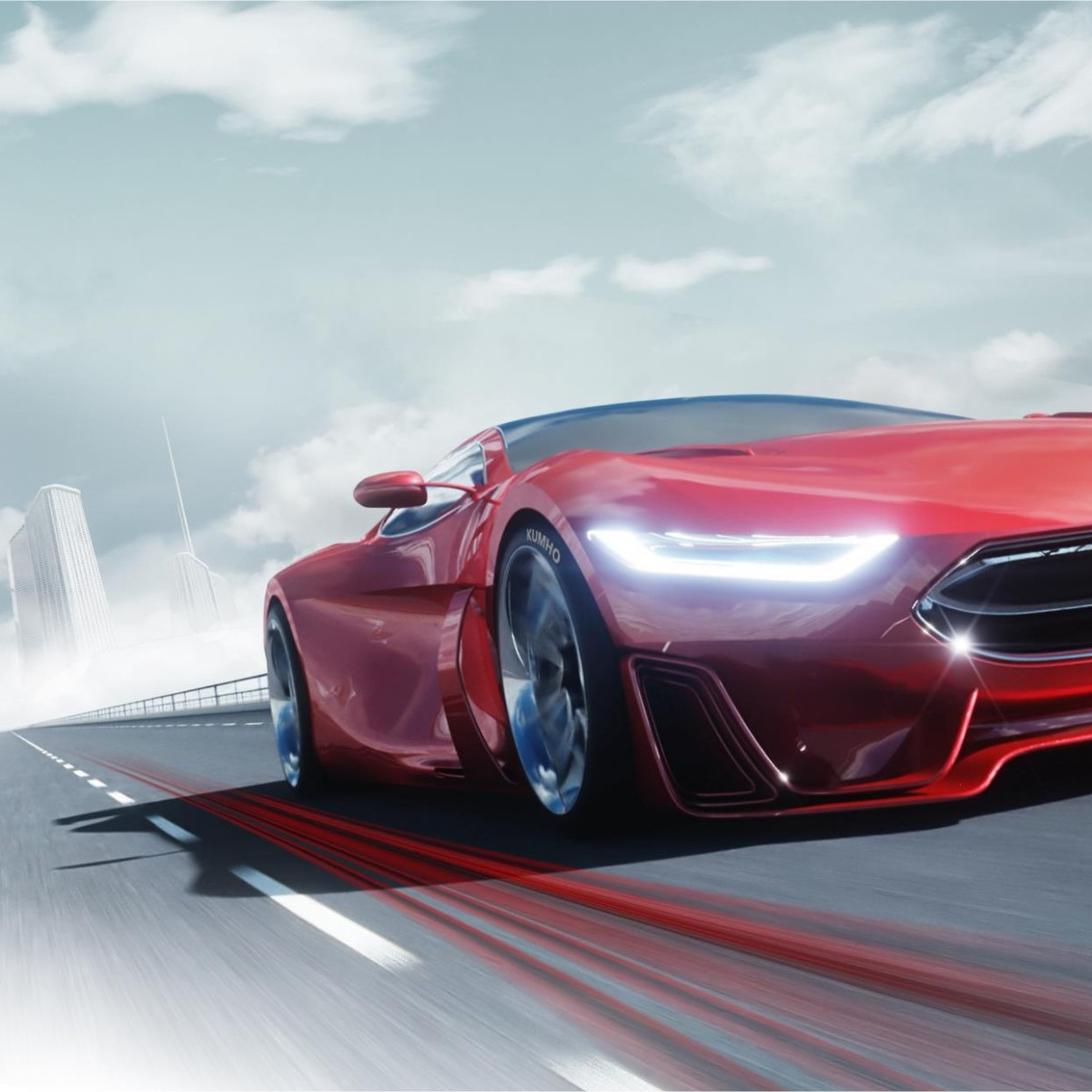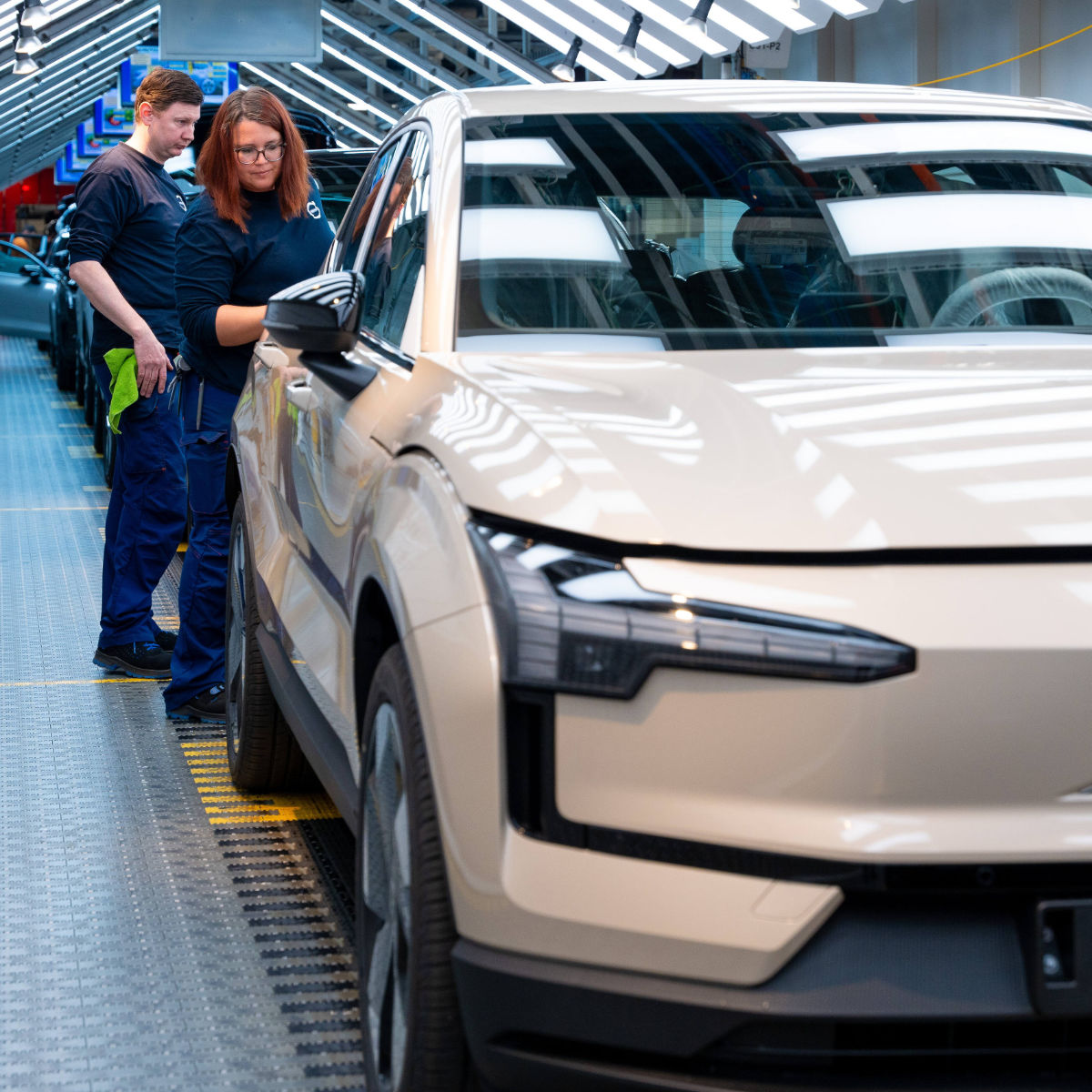Reading time: 7 minutes
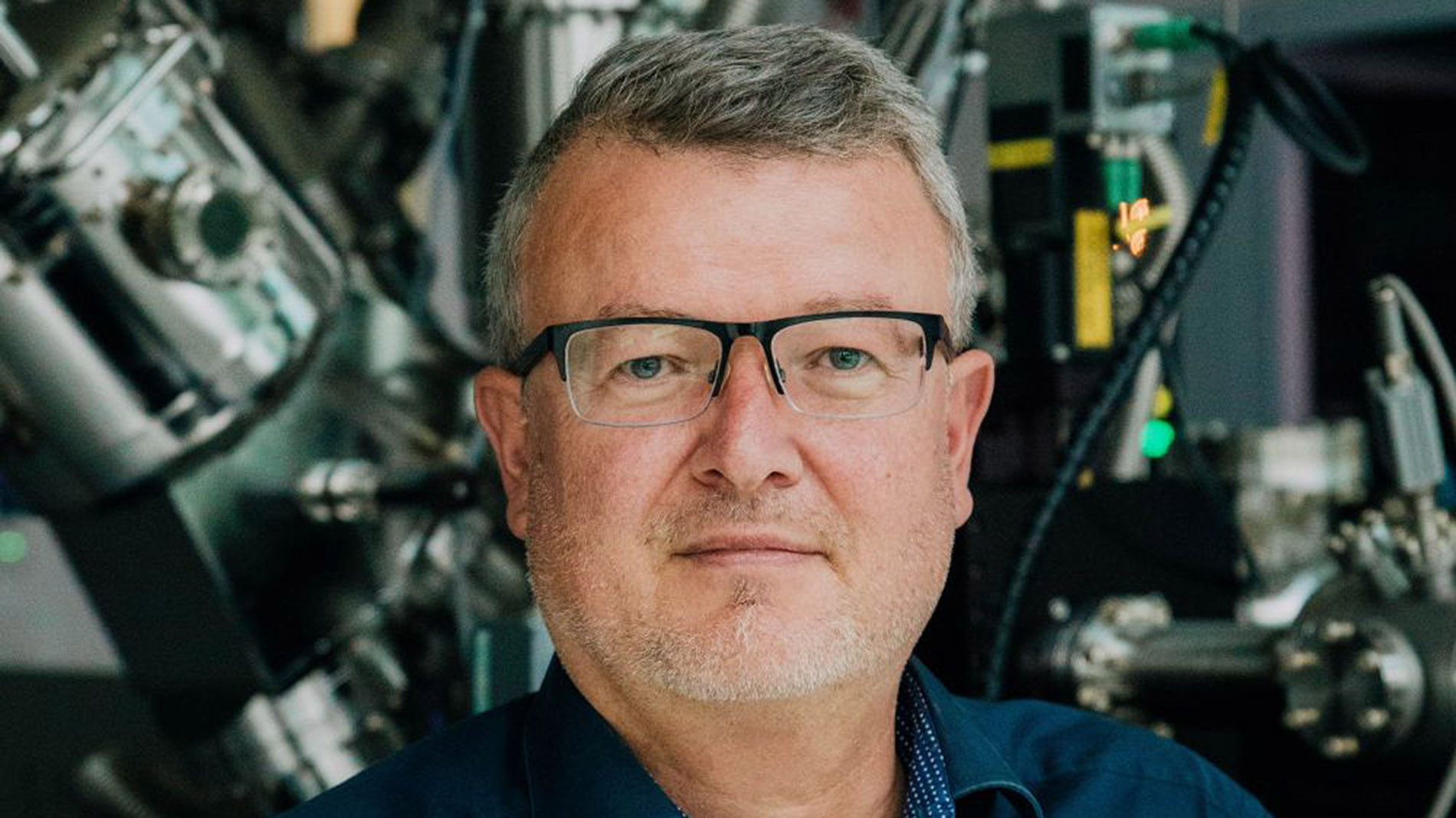
Researcher Maximilian Fichtner, Professor of Solid State Chemistry at the University of Ulm and Head of the Solid State Chemistry Department at Helmholz Institute Ulm, is one of the Germany’s leading battery researchers. In an interview with ‘Gateway to Automotive’, he provides an exclusive explanation of something that many actually find difficult to explain: why it has been possible to make such enormous leaps in battery range over the past two years, especially given that battery prices have actually fallen during the same period. He also knows how critical raw materials can be substituted during manufacture and clears up a few myths about e-mobility. And he gives his opinion about the ‘competition’ the electric car faces, namely the hydrogen drive and e-fuels.
‘Ranges are too short’ was previously a frequently-used argument against e-mobility. Is this argument still valid?
Fichtner: Well, in China, we’re seeing the first models on the market that are capable of 1000 kilometres on a single charge – and a top-up of 600-700 kilometres takes ten, twelve minutes. The important thing is that you can charge quickly, that’s the key factor. Especially when you consider that combustion engines don’t have unlimited ranges either.
How do you explain the leaps in range?
The quantum leap was creating more space inside the batteries for the actual storage materials. So no more modules with twelve cells inside and several of them to boot, but cells the size of a floorboard that can be clicked into a large frame. This is called ‘Cell to Pack’ and saves 40 per cent on the structure and connection technology and also increases space for storage material by up to 50 per cent.
So this required a change in the material used...
The Chinese have said, yes, we have the material that can be used to build large, safe cells, iron phosphate. This means that the battery no longer contains cobalt, which is sometimes difficult to extract. However, iron phosphate has the disadvantage that it is rather slow at low temperatures. But this is why we have a battery management system that can take a close look at the condition of the battery and then create the optimal conditions to ensure the battery can be quickly charged without ageing it significantly. We do of course need the right charging station and an 800-volt electrical system in order to fully utilise the technology.
Another argument against electric was that the batteries are so expensive...
The price of batteries has decreased by 90 per cent over the past few years. And storage capacity has doubled in that same period. The trend seems to be that battery prices will continue to fall. And they say if we go below the threshold of 100 US dollars per kilowatt hour of storage capacity, battery-driven vehicles will be cheaper than the combustion engine. And we’re getting close to this point now. It’s having an effect on prices of electric cars in general: the new BYD Dolphin with iron phosphate battery is already available in China for around 14,000 euros.
‘The price of batteries has decreased by 90 per cent over the past few years. And storage capacity has doubled in that same period.’
What are the reasons for such extreme price movements?
Ever since the lithium-ion battery was introduced in 1991, prices have decreased 18-fold. At the start, the materials and manufacturing technology were still in their infancy. Today, the technology is well known. The supplies of raw materials are in place. And then there are also the gigafactories with their scaling effects.
People said the rare earths used in the batteries were indeed rare.
That’s also a myth. There is not a gram of rare earth in lithium-ion batteries. And by the way, they are not rare at all, but about as common as copper. One rare earth, neodymium, is found in the magnets of some electric motors, but not in the battery. And neodymium magnets are 95% as good as new after recycling.
Why has the lithium-ion battery prevailed over all other battery types?
Because no other technology was capable of making these huge leaps. At the start, we only used them because they didn’t have the memory effect that nickel cadmium batteries did, which were ruled out for this reason alone. And you couldn’t completely discharge nickel-metal hydride batteries to zero for a long time because they would stop working. All the competitors had their pitfalls and problems. Only lithium-ion batteries have always worked in every state of charge and discharge. And nickel-metal hydride batteries actually do contain a rare earth in the lanthanum-nickel alloy of the negative pole.
China is now the market and innovation leader in e-mobility. Do you see any signs of Germany catching up?
I can see that German industry is starting to stand on its own two feet when it comes to electric mobility. But I don’t see it catching up technologically. But the question is how far do you need to get, developmentally-speaking, in order to market a technologically sensible product? Do you really always need to be at the cutting edge of technology, or is it enough if you get to a very good stage, build up a good level of production and can offer competitive, safe products? I don’t see any huge problems in this respect. Given the market is so big, there’s space for everyone.
In German politics and business, we often talk about the ‘openness to technology’ that we need to maintain when it comes to drive technology...
As researchers, we have to be open to technology. We need to understand the technologies from the ground up. We collect the data and compare them. But if a company has the data in front of them and then opts not to focus on resources and move forwards during a transitional phase, but instead disperses its efforts across a myriad of areas, that’s what we would call a failure of management.
How sustainable do you think battery production is?
One megatrend at the moment is to become independent of specific critical raw materials. And this is not just in favour of greater sustainability, but also to free ourselves from geostrategic dependencies. In the case of batteries, this means that we’re looking for material combinations from raw materials that are available across the world. And this is the case with iron phosphate, for example. That said, critical materials can also be substituted. One example of this is in sodium-ion batteries where it is not lithium that moves back and forth between the poles, but sodium. We can find sodium in table salt, sea salt and soda. This turns soda into the basic material for battery production. Sodium carbonate is, after all, 80 times cheaper than lithium carbonate. We also no longer necessarily need graphite, which mainly comes from China, for the negative terminals in lithium-ion batteries. In the sodium-ion battery, it is replaced by hard carbon. This is something you’ll have come across when your soup boils over and you see a black ring on your hob made of this hard, tough stuff. That’s a type of hard carbon. You can manufacture it anywhere.
‘One megatrend at the moment is to become independent of specific critical raw materials.’
Have these trends already arrived in Europe?
It’s all coming. But European manufacturers aren’t yet at the ‘Cell to Pack’ technology stage. In traditional module construction, they are dependent on high-performance materials that contain a high proportion of nickel and are therefore expensive. But there are a number of recyclers who would be happy to get a slice of this action. At the moment, we have 38 in Europe. And they’re struggling, mainly because they aren’t getting enough batteries.
What is your response to the critical approach that e-mobility might be reducing our emissions here, but the environmental costs are being externalised to the global South?
I’d like to see quantitative data on that. I investigated an example from the Atacama region of Chile, where saltwater is pumped out of the Salar de Atacama, a salt lake. And I made enquiries at the Chilean Ministry of Mining, which assigns the water rights. The result was that hotels by the lake use as much fresh water as the two companies that produce lithium. But eight times more water is used locally in copper mining.
So you think the objections are exaggerated?
I'm a scientist. What are the alternative options here? I could stick to using crude oil. But I'd need 46 billion litres of water every day to produce it, not to mention the pollution risk. This alone would be enough for the lithium for 1.6 million Tesla batteries – every day. There is no technology that I know of that would not have an environmental impact if you want to have a global fleet of vehicles at your disposal. All we have is the choice to do it in a less damaging way. And that’s what we’re doing with electric mobility, not least because we can recycle the raw materials, which we can’t do with crude oil. Electric mobility is now regarded as a prime example of how to introduce a future circular economy.
‘Electric mobility is now regarded as a prime example of how to introduce a future circular economy.’
What makes e-mobility more attractive than other approaches?
If we compare it to hydrogen, there are two things: it is hard to reduce the price of hydrogen and it’s not easy to produce enough of it. Furthermore, 99 per cent of the hydrogen available today is produced using natural gas, which means that the footprint of a hydrogen-powered car is roughly equivalent to that of a diesel. And with e-fuels, I think the problem is that they won’t be available for the foreseeable future. There are a lot of PowerPoint projects on them. And they always underestimate how incredibly expensive it is to capture CO2 from the atmosphere. Direct Air Capture, the world’s largest CO2 collection plant in Iceland, can only manage 4000 tonnes a year. And Porsche’s e-fuel project alone, which could ultimately generate 1.3 per cent of Germany’s fuel requirements when complete, would need 600,000 tonnes. So we’re a very long way from reality here.
E-fuels are also being used as a strategy to extend the life of combustion engines despite the EU’s ‘combustion engine ban’ for 2035.
Well, there isn’t a ‘ban on combustion engines’ as such, just a ban on the continued use of fossil fuels from 2035. We can still continue to drive on e-fuels or HVO even though cities will continue to be polluted by soot, noise, nitrogen oxides and vibrations because of them. But apparently those promoting e-fuels as a solution don’t seem to believe in them themselves. They are hoping that they will be able to continue to drive on fossil petrol if there are no e-fuels by 2035. In the end, the battle against the EU regulation, which was also a campaign issue in the European elections, is actually a battle to continue using fossil fuels.
